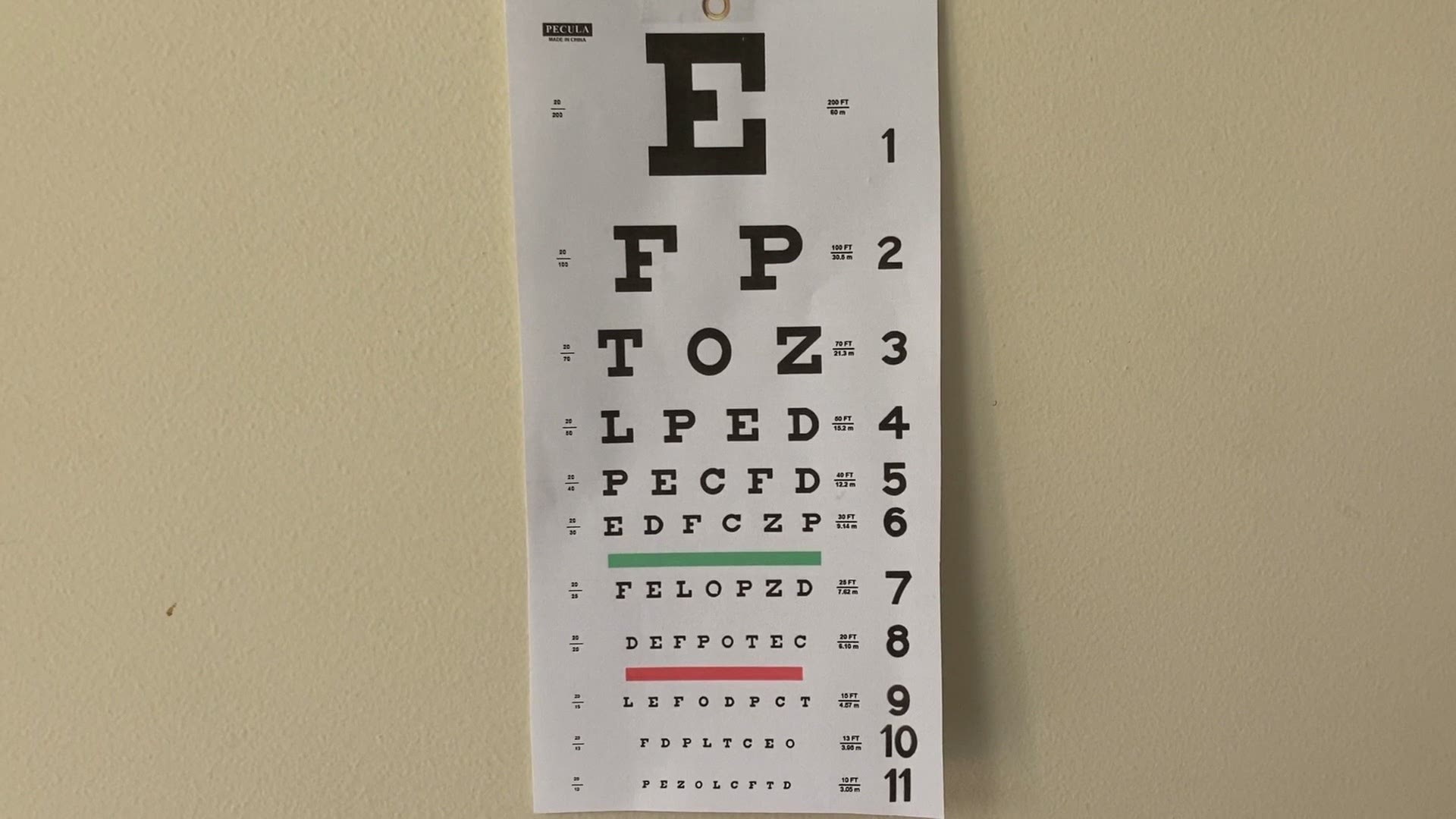CROMWELL, Conn. — Story by Grace Mikan
Due to the ongoing pandemic, COVID-19, students and staff are on their cell phones, computers, and many other technology devices even more. Technology plays a big role in communicating, especially throughout this year, however it is also having negative impacts, one of them being on our eyes.
The average American spends about ten hours and forty minutes looking at a screen a day, including cell phones and computer time. One high school student, Brynn Kovacs states that “100% (looking at a screen) gives me a headache after a while and honestly my eyes start to become blurry.” Not only students, but teachers are forced to be in front of a screen even more these days.
Julia Hillbrand, a Forenign Language teacher at Cromwell High School, “prepping, taking attendance, answering emails and grades, I feel more tired, being behind a screen especially for a long period of time, just increases levels of fatigue.”
Over 70 percent of people working in front of technology devices may experience a condition called digital eye strain. Some symptoms of this condition may include, eye fatigue, dry, irritated, or itchy eyes, and headaches. The symptoms result from overexposure to “blue light” emitted from digital devices.
The waves of the blue light penetrate deep into the eyes and create a glaring effect, resulting in eye strain. Studies have shown that digital eye strain can lead to vision problems in the future, resulting in kids needing to wear glasses.
Bluelight glasses are becoming more popular, as we are looking at digital screens more. These glasses have filters in their lenses that block or absorb blue light, from getting through to the eyes. Bluelight glasses could be a possible solution to limiting eye strain while using a digital device.

